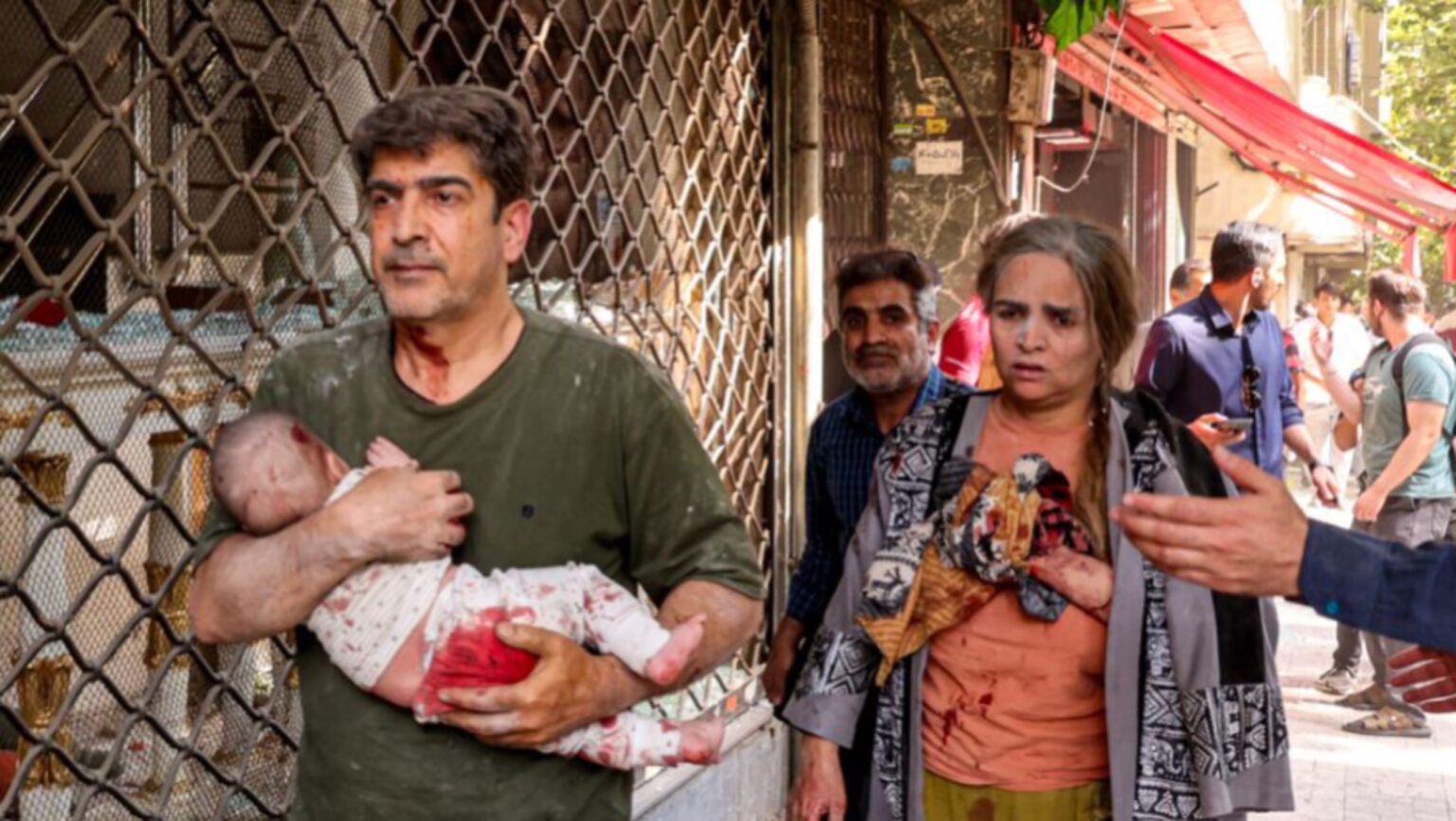The world watched with growing unease on Monday night as U.S. President Donald Trump made an unexpected and hurried exit from the G7 summit in Canada. His departure came amid worsening violence in Tehran, where Israeli airstrikes have intensified. In an urgent social media post, Trump issued a stark message: “Everyone should immediately evacuate Tehran.”
The warning came just hours after a bold strike on Iran’s state broadcaster and as air-raid sirens echoed across the capital. Trump’s words, delivered via his Truth Social platform, were sharp and chilling: “Iran should have signed the deal. What a shame, and waste of human life.”
His message signals growing concern for Tehran’s more than 10 million residents—now facing fear, confusion, and a scramble for safety as warplanes roar overhead. Yet evacuating a city of that size in hours, or even days, is next to impossible.
Civilians Trapped, Hospitals Hit
Reports from Iran paint a grim picture. More than 200 people, many of them civilians, have already lost their lives. The airstrikes haven’t spared hospitals—Farabi Hospital in Kermanshah was among those struck. Iran’s government called it a “war crime,” accusing Israel of targeting non-military infrastructure.
People are sheltering underground. Schools are shut. Emergency services are stretched beyond capacity. And still, missiles keep falling.
Nuclear Site Hit—Fears of Fallout
As if the situation weren’t dire enough, the Natanz nuclear facility—central to Iran’s uranium enrichment program—was also hit. The UN’s atomic agency confirmed serious damage. While it’s too early to tell if there’s a radiation leak, fears of nuclear fallout are real, and growing.
Trump’s Mixed Signals Add to Global Anxiety
Trump’s decision to cut short his attendance at the G7 has left world leaders puzzled. Earlier in the day, he sounded more hopeful: “I think a deal will be signed,” he told reporters, suggesting diplomacy wasn’t off the table.
But his decision to leave early—without endorsing a joint de-escalation statement signed by the other G7 leaders—raises serious questions about U.S. strategy and leadership at a time when clarity is needed most.
Inside the White House: What’s Next?
Back in Washington, Trump’s top advisors are scrambling. A high-level emergency meeting is being assembled, bringing together key figures like Secretary of State Marco Rubio and National Security Adviser James Liddell. But for now, the U.S. insists it is not directly involved in the strikes.
Still, according to insiders, Trump is receiving minute-by-minute updates. He’s being presented with options—none of them easy.
Diplomacy in the Shadows
Even as bombs fall, quiet diplomacy continues. Iran is reaching out to neighbors like Oman, Qatar, and Saudi Arabia, pleading for intervention. Foreign Minister Abbas Araqchi made it clear: “If President Trump is serious about diplomacy, he must get Israel to stop. Otherwise, we will not back down.”
France’s President Emmanuel Macron, long a key mediator between Iran and the West, is trying to stay optimistic. He called Trump’s early G7 exit “a risk worth taking—if it leads to peace.” Still, he cautioned against going it alone, warning that unilateral moves can have dangerous consequences.
Human Toll Rising
On both sides of the conflict, the human cost is mounting. In Israel, 24 civilians are confirmed dead from retaliatory missile strikes. Nearly 3,000 have fled their homes. In Iran, families huddle in subway stations. Basic services are faltering. Markets are panicking.
Calls for international humanitarian aid are intensifying, especially in hard-hit cities like Kermanshah, where the healthcare system is collapsing.
A Dangerous Turning Point
The next 48 hours could shape the fate of the Middle East for years to come. Will cooler heads prevail? Or will military action snowball into a broader, uncontrollable war?
The world holds its breath, hoping diplomacy finds a way through the smoke and fear.





